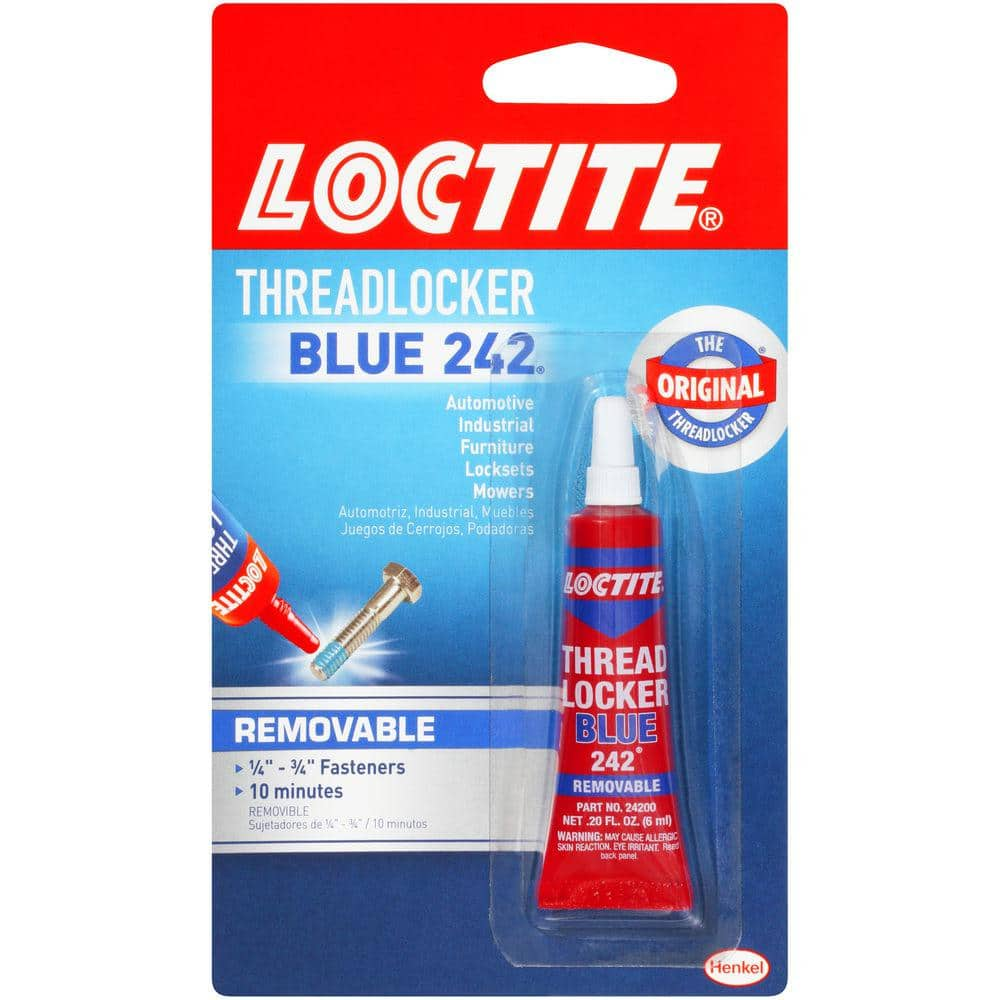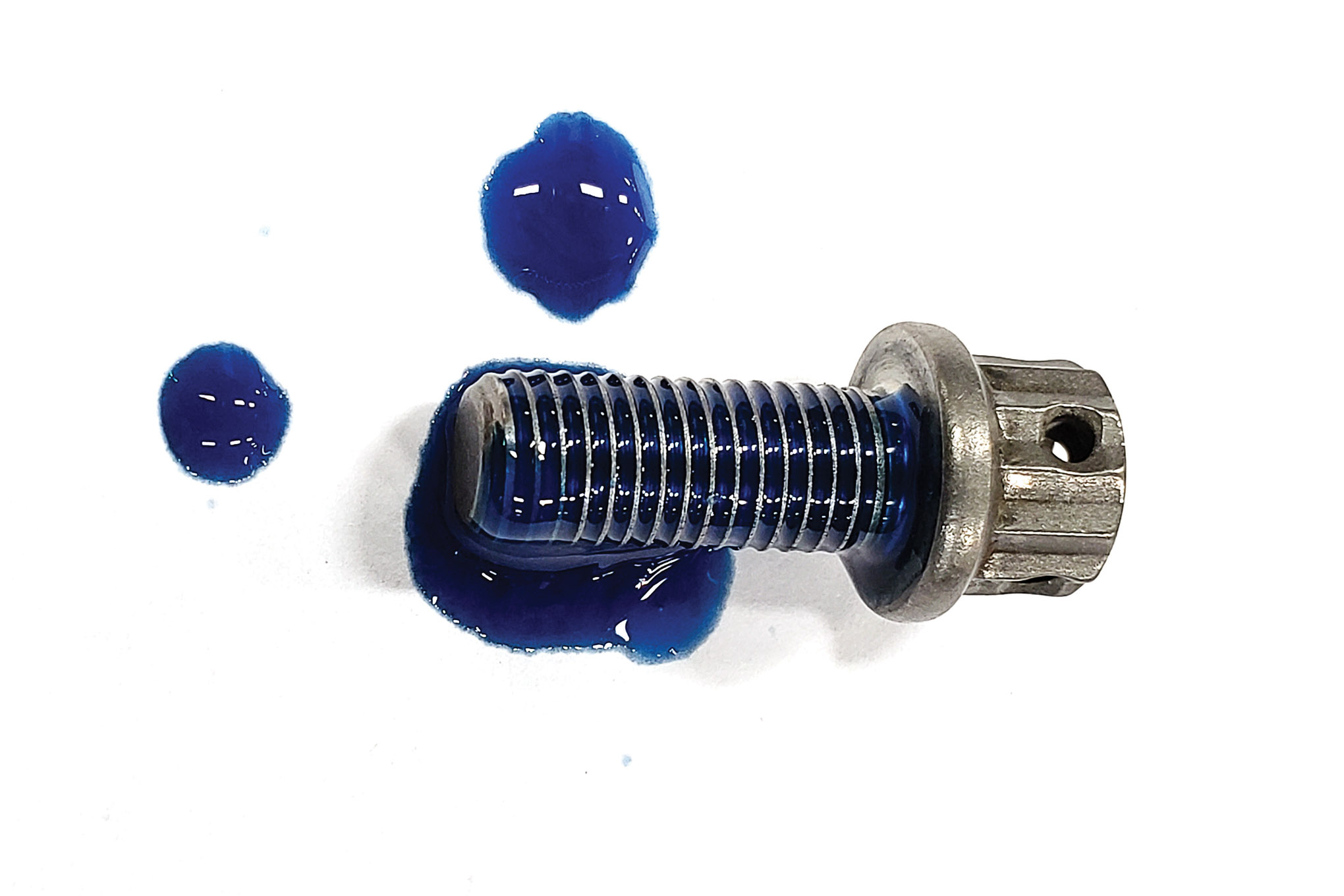Alright folks, let me tell you about my ongoing battle with those dang lock tight screws on my old garden shed door hinge. Seriously, felt like I was losing my mind. They kept wiggling loose no matter how hard I cranked ’em down. Time for some hands-on experimenting.

Round One: The Classic Hulk Smash Approach
First instinct? Grab the biggest wrench I owned and put my whole back into it. Figured tighter is always better, right? Wrong. Managed to get those screws really seated… for about three days of normal door swinging. Then pop – there goes screw number one poking out again. Tried this twice, thinking maybe I just didn’t go hard enough the first time. All I got was sore shoulders and stripped screw heads. Not the win I was hoping for.
Round Two: Cheap Store Brand Threadlocker Blues
Okay, time for the lock tight liquid stuff. Bought the cheapest blue bottle at the hardware store. Cleaned the threads of the screws and the holes meticulously with rubbing alcohol like everyone says. Applied the blue goo liberally. Screwed everything back together with reasonable force (no more Hulk moves). Felt pretty slick.
Hopes dashed again after maybe a week and a half. Hinge started rattling. Pulled a screw – the stuff felt kinda… crumbly? Like it hadn’t really bonded. Might as well have used spit. Total waste of three bucks.
The Expert Solutions Deep Dive
Fine. Internet deep dive time, ignoring the obvious “tighten it harder” comments. Found some actual pro tips:
- Threadlocker Strength Matters: Realized I probably needed the red stuff, not blue, for something taking constant vibration and stress like a shed door hinge. Blue is kinda the lightweight option. Who knew?
- Prep is EVERYTHING: Went nuclear on cleaning. Alcohol wipes weren’t enough. Found old denatured alcohol in the garage – seriously strong stuff. Went through a dozen Q-tips cleaning inside the screw holes and every thread on the screws. Zero oil or grease traces allowed.
- Let the Thing Cure! Past me was an idiot. Slapped the screws in, closed the door ten minutes later. Found out the red threadlocker needs like a solid 24 hours with zero stress to actually get strong. Opened the door too soon? Probably ruined the bond before it even started.
- Threadlocker Doesn’t Replace Torque: Another facepalm moment. Thought the liquid did all the work. Nah. Learned you still gotta screw it in tight, just not Hulk-snap-the-screw tight. Good firm pressure.
Finally Putting It All Together (Right!)
Armed with the good red threadlocker, the denatured alcohol, and serious patience, I started over.

Scrubbed every contact surface until it squeaked.
Applied the red threadlocker sparingly to the screw threads.
Screwed them in firmly with a properly sized socket wrench – snug, not brutal.
This was key: Taped the shed door shut with heavy-duty duct tape so NOTHING would disturb it for a full 24 hours. Even put a sign up: “DO NOT TOUCH. SCIENCE IN PROGRESS.”
Two whole days later? Cut the tape. Slowly opened the door… silence. No creak, no rattle. Gave the hinge a wiggle. Solid. Gave the screws the stink eye… still seated deep.

That was months ago. Shed door gets slammed daily. Hinge still doesn’t rattle. Those screws haven’t moved a millimeter. The difference? Actually following the right steps with the right materials and giving it TIME. Sometimes the obvious solutions need serious tweaking.
